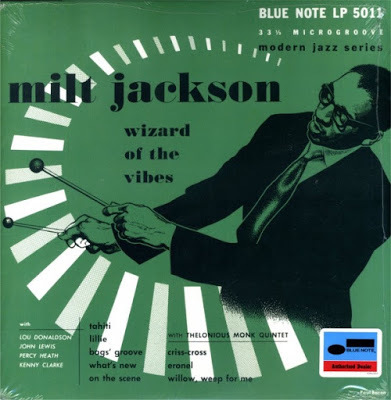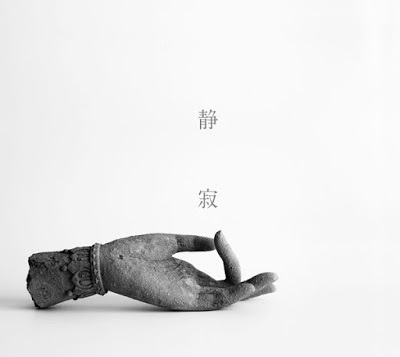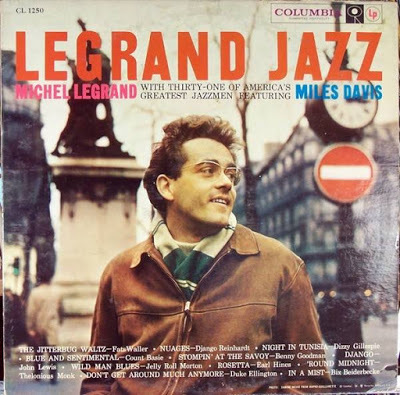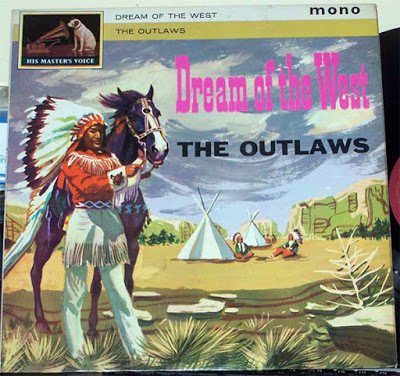Tosh Berman's Blog, page 182
June 11, 2016
Steve Wolfe (1955-2016)
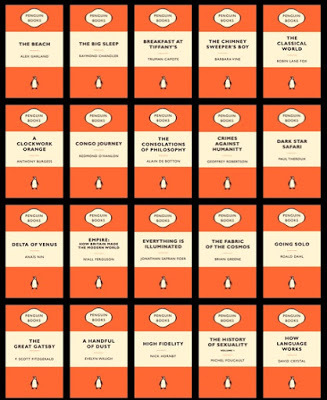
I'm very sad to hear about the death of Steve Wolfe, an artist that I greatly admire. I saw his show about five years ago at the Whitney. As a book and record geek, how can I possibly not love his work.
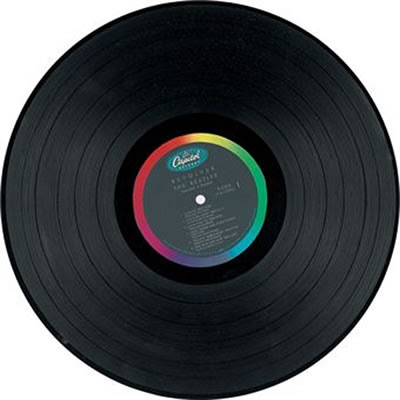
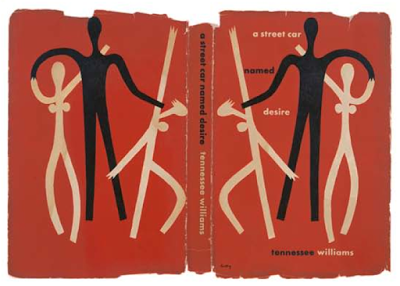
Published on June 11, 2016 08:29
June 10, 2016
Music I Listened to on Vinyl Today (June 10, 2016)
Published on June 10, 2016 18:43
June 9, 2016
Bernard "Bernie" Sanders
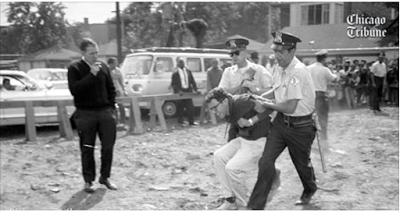
I just want to show my appreciation for Bernard "Bernie" Sanders for running a great race for President. If it wasn't for you, it would have been a severe boring race between Clinton family vs. Bush family. (Good nod towards Trump as well for getting rid of the riffraff of the Republican party.) What I really like about you is that you stayed with the issues, and you were in your Brooklyn style, very polite and nice to the others. As the days turn, or the months, or even the years or decades (if we last that long) people will remember you for your wonderful campaign. You have brought up issues that the Clinton world would never bring up, so thank you for that as well. You're a good person Mr. Sanders. Thank you for the light that you brought to this election. Beyond that, and speaking for myself, I have no interest in the coming election. Good luck to all, and now, here comes the literature and music - Tosh Berman
Published on June 09, 2016 23:27
Music I Listened to on Vinyl Today (June 9, 2016)
Published on June 09, 2016 17:19
June 8, 2016
Tosh Berman and Michael Kohn Interviewed on Wallace Berman American Aleph exhibition
Michael Kohn is intrerviewed about the Wallace Berman American Aleph exhibition at the Kohn Gallery. And if you stay towards the end, I'm interviewed as well.
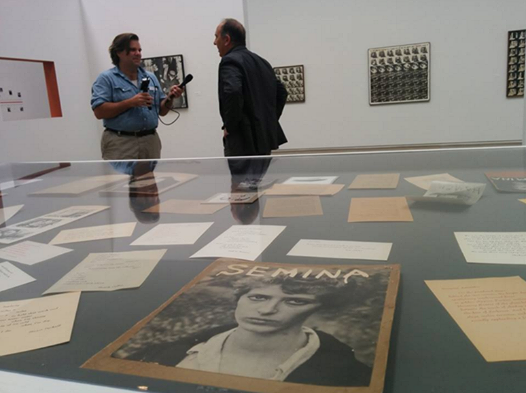 You Can't Eat The Sunshine3 hrs ·
New podcast (episode 111): The Wild World of Wallace Berman
You Can't Eat The Sunshine3 hrs ·
New podcast (episode 111): The Wild World of Wallace Berman
http://www.esotouric.com/canteatsunshine111Join us for a special episode dedicated to the influential Los Angeles artist Wallace Berman (1926-1976). Our guests are Hollywood gallerist Michael Kohn, who walks us through the retrospective exhibition "Wallace Berman—American Aleph," on view at Kohn Gallery through June 25, 2016, and the artist's son, the author and publisher Tosh Berman, talking about his father's craft and character, and his importance in the mid-century West Coast cultural scene. We’ll also discuss the campaign to Save The Smell and with it the last remnants of the early 20th century Main Street entertainment zone, a lost episode of California's Gold with Huell Howser reminds us that Lummis House needs a lot of help, a troubling proposal to gut the Cecil Hotel (aka Stay On Main) and a new campaign to ensure Pershing Square’s historic monuments don’t fall by the wayside if the park is redesigned. All this and more as Kim & Richard usher in the month of June, 2016.Photos from the exhibition: https://www.facebook.com/esotouricbusadventures/photos/…Marjorie Cameron #SaveTheSmell Huell Howser Archives Huell Howser Charles Fletcher Lummis Pershing Square Restoration Society Pershing Square Renew#PSRenew Spanish–American War
 You Can't Eat The Sunshine3 hrs ·
New podcast (episode 111): The Wild World of Wallace Berman
You Can't Eat The Sunshine3 hrs ·
New podcast (episode 111): The Wild World of Wallace Bermanhttp://www.esotouric.com/canteatsunshine111Join us for a special episode dedicated to the influential Los Angeles artist Wallace Berman (1926-1976). Our guests are Hollywood gallerist Michael Kohn, who walks us through the retrospective exhibition "Wallace Berman—American Aleph," on view at Kohn Gallery through June 25, 2016, and the artist's son, the author and publisher Tosh Berman, talking about his father's craft and character, and his importance in the mid-century West Coast cultural scene. We’ll also discuss the campaign to Save The Smell and with it the last remnants of the early 20th century Main Street entertainment zone, a lost episode of California's Gold with Huell Howser reminds us that Lummis House needs a lot of help, a troubling proposal to gut the Cecil Hotel (aka Stay On Main) and a new campaign to ensure Pershing Square’s historic monuments don’t fall by the wayside if the park is redesigned. All this and more as Kim & Richard usher in the month of June, 2016.Photos from the exhibition: https://www.facebook.com/esotouricbusadventures/photos/…Marjorie Cameron #SaveTheSmell Huell Howser Archives Huell Howser Charles Fletcher Lummis Pershing Square Restoration Society Pershing Square Renew#PSRenew Spanish–American War
Published on June 08, 2016 11:20
June 6, 2016
"Together Through Life: A Personal Journey with the Music of Bob Dylan" by Chris Morris (Introduction by Tosh Berman)
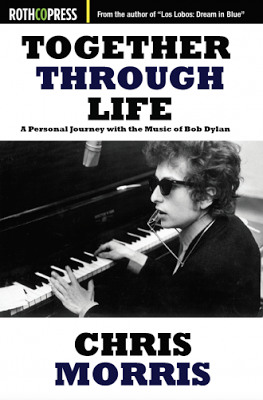
I wrote the introduction to Chris Morris' book on Bob Dylan called "Together Through Life: A Personal Journey with the Music of Bob Dylan." The beauty of this book is though it does cover every Dylan album, but it is also a personal journal of sorts by the author, with respect what his life was going through, and he reflects on that, as well as each Dylan release of the time. If you're a Dylan fan, this book is a must - but even if you're not a fan of his albums, one can still read this book as a personal memoir by Chris. In a fashion, it is sort of a book like mine : Sparks-Tastic - in that I write about my favorite band, but nevertheless, it is really about me. So "Together Through Life" is the ultimate Chris book about Dylan... And Chris.
Here's info on the book: http://rothcopress.com/together-through-life-a-personal-journey-with-the-music-of-bob-dylan/
Published on June 06, 2016 10:29
June 3, 2016
"Antonin Artaud" by David A. Shafer (Reaktion Books)
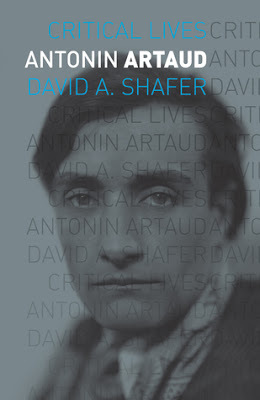 ISBN: 978-1-78023-570-7 Reaction Books
ISBN: 978-1-78023-570-7 Reaction Books"Antonin Artaud" by David A. Shafer (Reaktion Books)
There are certain figures that one grows up with, even though one may not understand their work, it is still part of one's DNA. There were always images on the wall in our family household. Jean Cocteau, Brigitte Bardot, and Antonin Artaud. I eventually as a teenager, started to read his works, more out of curiosity, and family duty than anything else. I have read countless books on Artaud which in truth, there are probably more books on him, than say his writings. Still, the image of Artaud is a very strong one. He had a beautiful handsome face when young, and as an adult and a drug addict - still pretty sharp looking! If this was death and pain, I'll pick up a six-pack of it please!
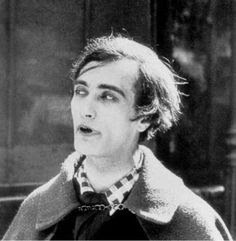
Yet, the surface is not everything, and as one dwells into his writings and drawings, one discovers an inner world where communication is muted by disease, mentally as well as physically - and to somewhat break that wall between audience and performer. Artaud in most circles is thought of as a theater artist - especially with his manifesto "Theater of Cruelty." The grand-dad of happenings, and 20th century experimental theater practices, Artaud is the guiding light of everything that is wonderful abut the spirit trying to leave the sick body and mind - yet, of course, there is usually some sort of payment in the end. David A. Shafer wrote a really nice and brief - yet smart - biography and study on Artaud for the great Reakton Critical Lives Series.
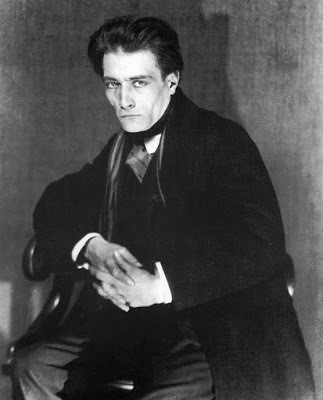
It's a sad narrative of a life of a genius that was side-tracked by madness and therefore a prolonged spell in various mental hospitals. Yet, one can never forget Artaud's image as an actor and as a visionary that moved out of the shadows to express sincere angst against a world that abandoned or tortured him. I fully appreciate why my dad had his photo in his studio and elsewhere. Oh, and he was a beautiful looking man.
- Tosh Berman
Published on June 03, 2016 18:49
June 2, 2016
Gene Vincent "Be-Bop-A-Lula" 1963 (Reelin' In The Years Archives)
A rather manic version of "Be-Bop-A-Lulu" by the great Gene Vincent. Eros + physical pain = bliss. His performance always remind me of Georges Bataille for some reason. Vincent, when he sings/performs, his eyes are towards the heavens.
Published on June 02, 2016 15:03
May 26, 2016
"True Homosexual Experiences: Boyd McDonald and Straight to Hell" by William E. Jones
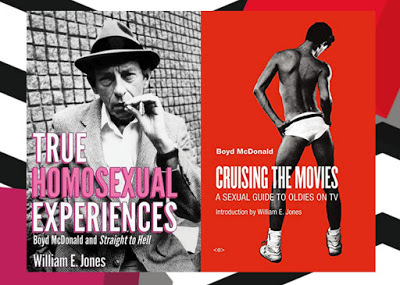 ISBN: 978-0996421812 We Heard You Like Books
ISBN: 978-0996421812 We Heard You Like Books"True Homosexual Experiences: Boyd McDonald and Straight to Hell" by William E. Jones (We Heard You Like Books)
A few months ago, I read this incredible book of film critiques by Boyd McDonald, called "Cruising the Movies." McDonald wrote on films that were played, usually very late at night, on the local TV station in New York City. This was before VHS even, so there wasn't a video tape he could watch, but he actually had to view these films in his one room hotel-like apartment in upper Manhattan sometime in the 1980s. Never mentioning the director, instead he focused on the stars that are in the movie. And usually beyond their acting skills, but mostly focusing on their ass, crotch, torso, and legs. For me, I thought that this was a very interesting way of looking at films. One can presume that Boyd McDonald, an incredible prose writer and thinker, was a homosexual.
The word "gay" has connotations that really don't fit in Boyd McDonald's world. For one, he had a zine in the 1980s (and still being produced by Billy Miller) that totally focused on anonymous readers who sent McDonald letters describing their homosexual sexual experiences and encounters. McDonald took his work very seriously. He was sort of a budget level version of Alfred Kinsey. Instead of obtaining information for an academic press, McDonald collected his 'narratives' and put it all in his zine "Straight to Hell."
Artist, filmmaker, and writer, William E. Jones, has written a magnificent biography and critical study on McDonald's life and work. A hardcore homosexual subject matter, I, as straight as I can, or may be, finds McDonald and this book totally fascinating. His "Cruising the Movies" is such a hardcore film geek book, but of a different kind. On one level, this is critique for the Homosexual's eyes and senses, yet, for me, it's an inside look into a hyper-world of sensuality that just exposes its sexual mores via the big screen, or for McDonald in the little more likely black and white set he had in his apartment. A recluse, ex-serious drinker, yet by all accounts a loving man to his nieces, is an incredible subject matter for a book. Jones captures that world, with his intelligence and his grasp on gay cultural history -it is really an one-of-a-kind biography.
The book is not a super in-depth bio, due that there is very little record of McDonald in existence, except for his work - which I suspect would please McDonald to a great degree. I'm just happy to be introduced to McDonald's writings, and clearly he is one of the great publishers, who worked in the shadowy zine world. Essential gay culture book, but also a fantastic look into the mind and talent of Boyd McDonald.
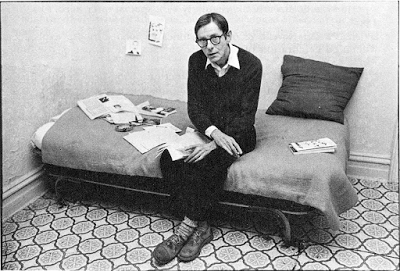
- Tosh Berman
Published on May 26, 2016 19:15
May 25, 2016
Curatorial Walk-Through of "Wallace Berman: American Aleph" with Claudia Bohn-Spector, Sam Mellon, and Tosh Berman
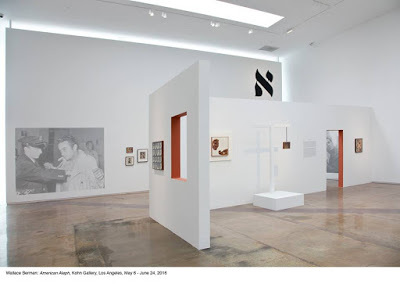 Saturday, June 4 at 4 PM - 6 PMNext Week
pin
Show MapKohn Gallery1227 N Highland Ave, Los Angeles, California 90038Please join us for a private curatorial walk-through of "Wallace Berman: American Aleph" with Claudia Bohn-Spector, Sam Mellon and Tosh Berman.
Saturday, June 4 at 4 PM - 6 PMNext Week
pin
Show MapKohn Gallery1227 N Highland Ave, Los Angeles, California 90038Please join us for a private curatorial walk-through of "Wallace Berman: American Aleph" with Claudia Bohn-Spector, Sam Mellon and Tosh Berman. Followed by a book signing of the newly published hardbound illustrated catalogue. Catalogue available for purchase.
Please RSVP to karys@kohngallery.com or 323-461-3311
Published on May 25, 2016 14:47

